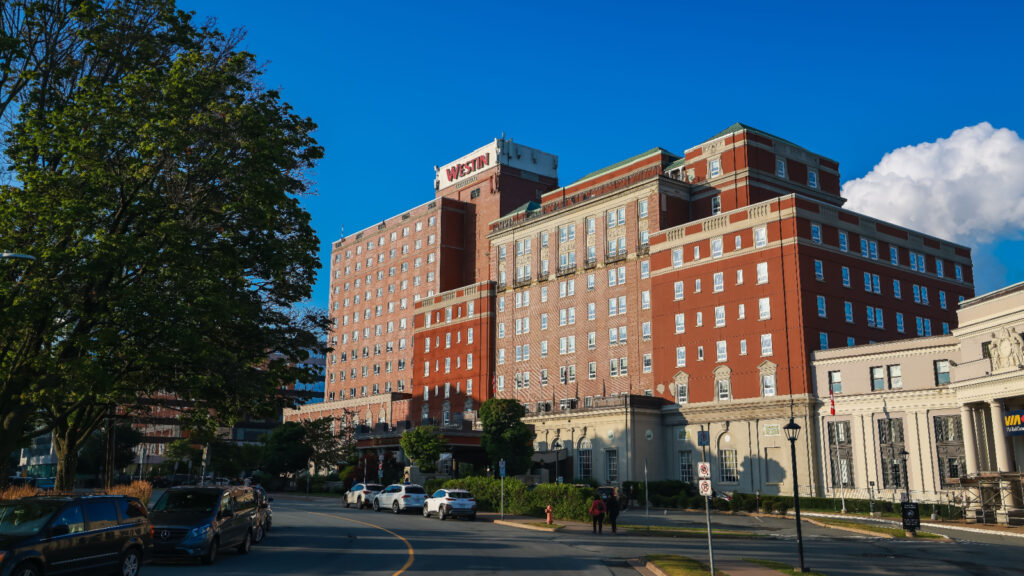Some hotels become landmarks in themselves, symbols of elegance, nostalgia, and local pride. Yet even the most storied establishments can’t always weather shifting economies, corporate takeovers, and modern travel trends. Across the country, several iconic hotels that once hosted celebrities, politicians, and honeymooners have quietly shuttered, leaving behind memories instead of guests. Here are 25 Canadian hotels that closed their doors forever.
Hotel Vancouver (Original, 1916–1939)
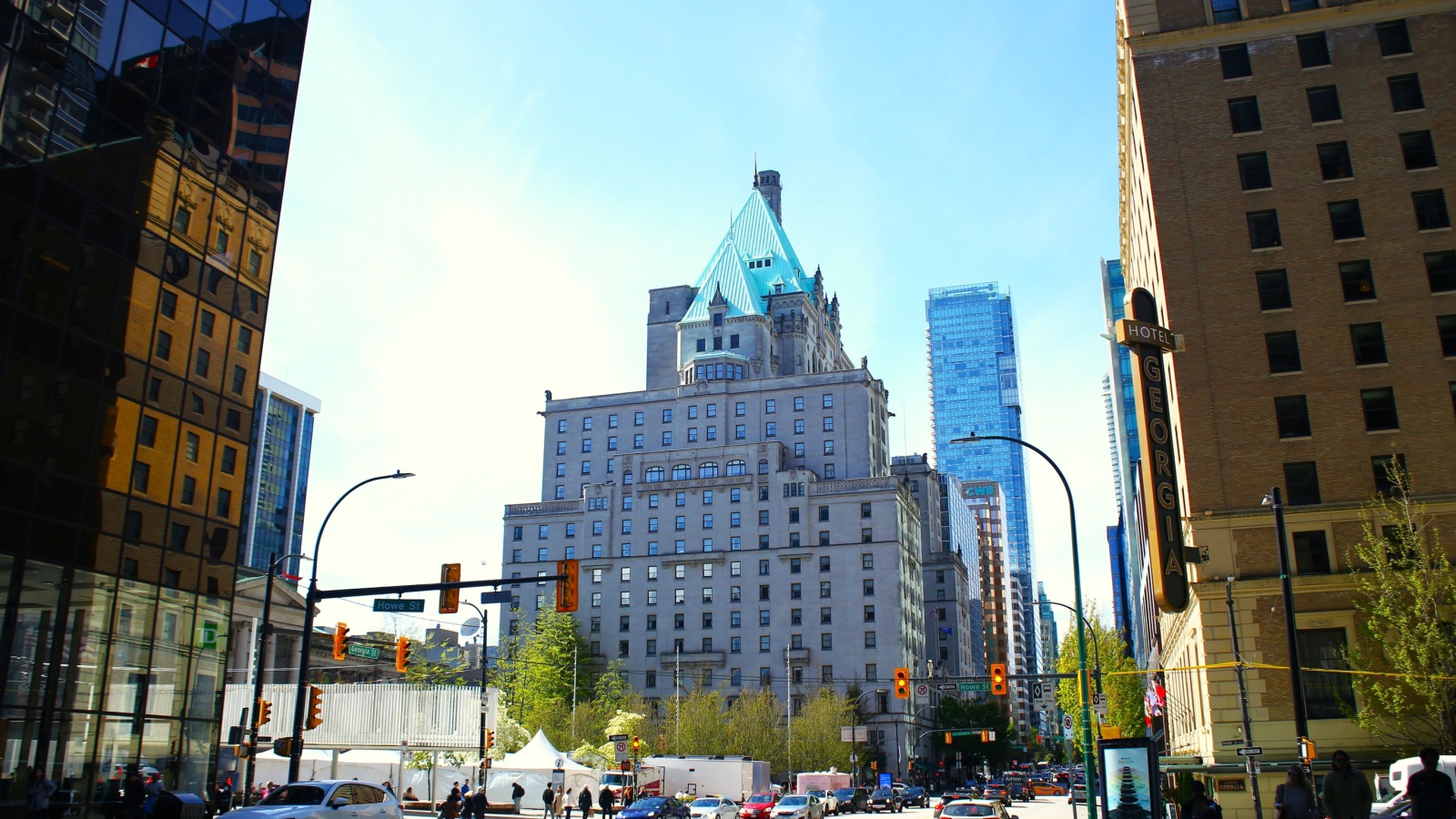
Before the Fairmont-branded version opened, the original Hotel Vancouver stood as one of the city’s proudest landmarks. Built by the Canadian Pacific Railway, it defined luxury during the early 20th century. With ornate ballrooms, chandeliers, and marble columns, it embodied the booming railway era. However, as newer, grander structures emerged, its fate was sealed. The third and current Hotel Vancouver replaced it in 1939, leaving the old one to demolition crews. It was torn down during wartime austerity, marking the end of a gilded era in western hospitality and a shift toward more modern architecture and centralized ownership.
The King Edward Hotel (North Bay, Ontario)

A cornerstone of North Bay’s downtown charm, The King Edward Hotel once hosted visiting politicians and musicians traveling the Ontario Northland route. Its Victorian façade and wooden interiors reflected small-town luxury before corporate chains arrived. Declining tourism and rising upkeep costs eventually caught up with it. By the late 1990s, the building was deemed unsafe, and after decades of community debate, it was finally demolished. For locals, its absence remains a sore spot, as it symbolized the town’s transition from railway prosperity to quiet decline, a reminder that preservation often loses to practicality.
The Empress of Moose Jaw (Saskatchewan)

The Empress opened in 1913, catering to railway passengers and business travelers during Moose Jaw’s boom years. With elegant lounges and fine dining, it rivaled urban hotels in service quality. Unfortunately, post-war highway expansion diverted much of the city’s traffic, and the grand hotel lost its clientele. By the 1980s, it had become a shadow of its former self, hosting low-rent tenants before being closed for safety reasons. The structure was later demolished, replaced by a generic commercial building. The Empress’s fall mirrored the fading glamour of prairie travel hubs that once thrived on train connections.
The Maple Leaf Hotel (Toronto)

Located near Front Street, The Maple Leaf Hotel was once Toronto’s affordable alternative to the Royal York. It served soldiers during World War II and backpackers long after. Its reputation shifted with time, what began as a lively hub eventually became notorious for neglect. As Toronto’s real estate values soared, its aging infrastructure couldn’t justify renovation costs. The property was demolished in the late 1980s to make way for condos, erasing yet another remnant of mid-century urban hospitality. Still, many locals remember its neon sign and the bustling bar that welcomed travelers from around the world.
The Royal Connaught Hotel (Hamilton, pre-renovation era)
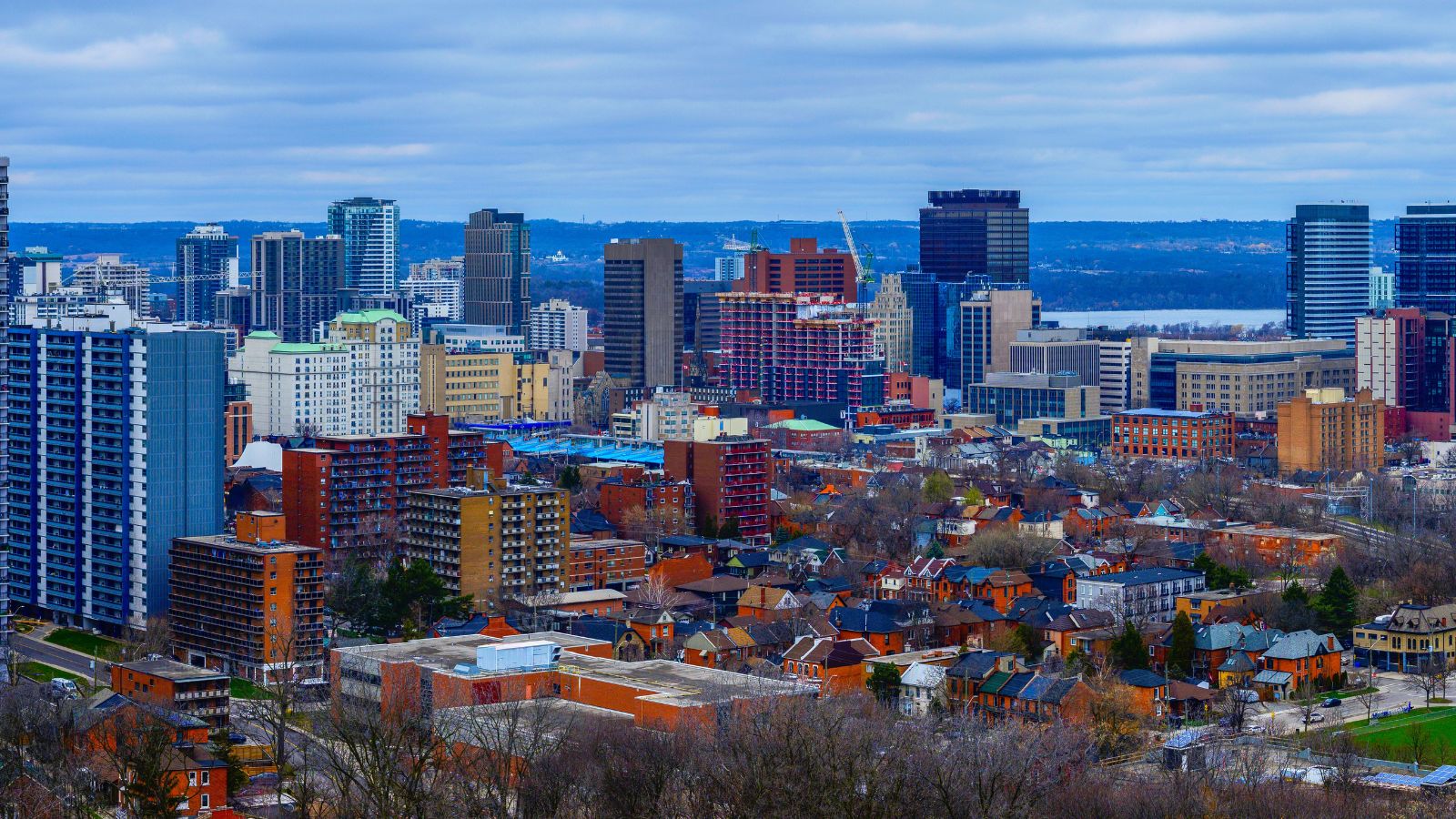
Though recently revived, the Royal Connaught once faced complete closure and years of abandonment. From 1916 to the early 2000s, it hosted banquets and weddings, symbolizing Hamilton’s steel-town optimism. By 2008, its glory had faded: shuttered rooms, broken chandeliers, and peeling wallpaper replaced grandeur. The hotel’s closure reflected Hamilton’s economic struggles before urban renewal efforts. While the building has since been converted into condominiums, the original hotel ceased operations permanently. Its transformation into luxury residences marks a bittersweet compromise between preserving architecture and letting the hotel itself rest in history.
The Algonquin Hotel (Saint Andrews, Original Building)
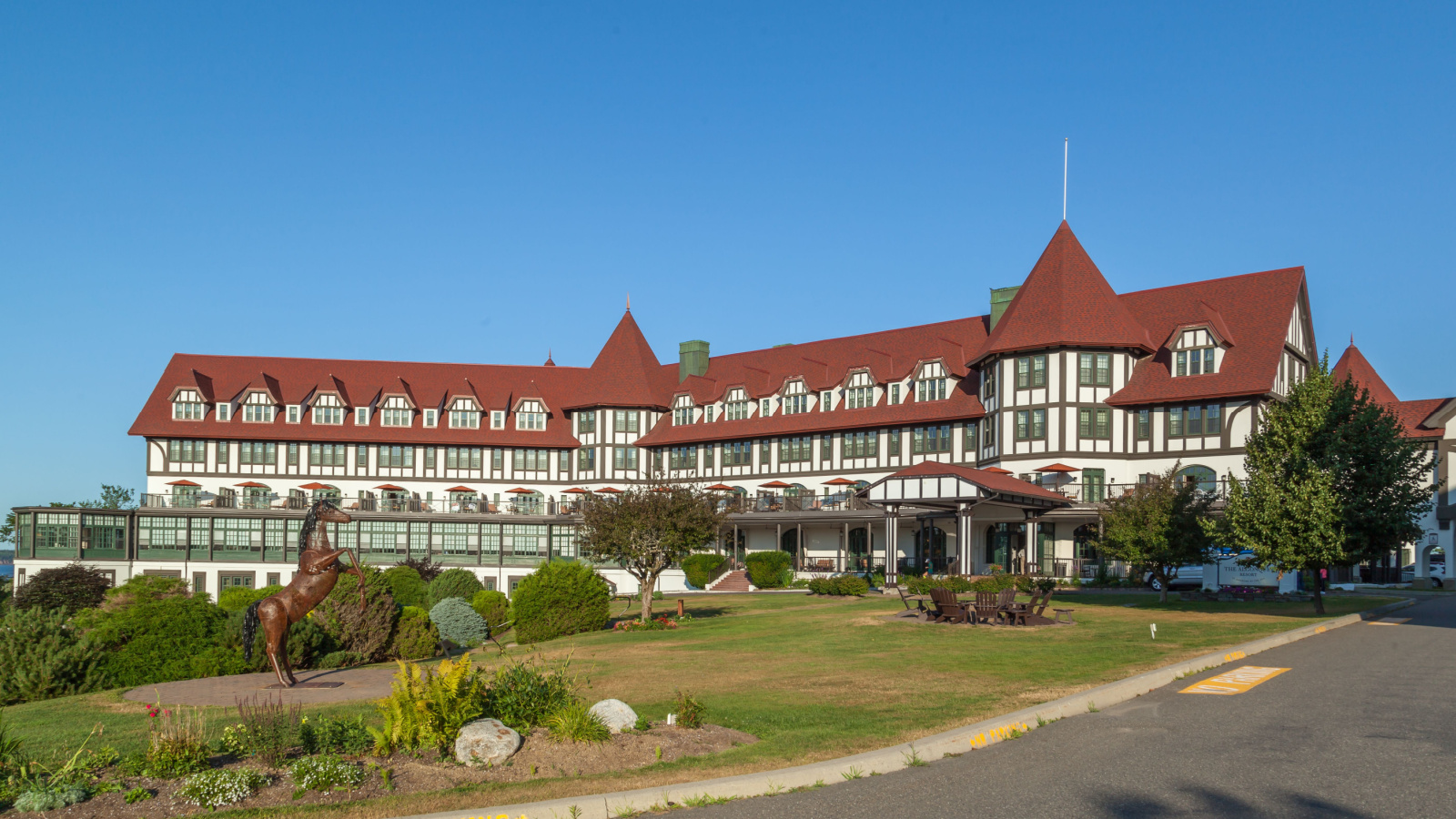
Before becoming part of the Marriott Autograph Collection, the original Algonquin Hotel burned down in 1914. Its wooden structure was a marvel for its time, drawing East Coast vacationers escaping urban heat. Though quickly rebuilt, the first hotel’s demise remains a landmark loss in Canadian tourism. The original building represented Atlantic resort culture before the automobile era. While the new Algonquin continues the legacy, the first incarnation, made entirely of timber with turrets and wraparound verandas, symbolized the dawn of resort leisure in New Brunswick, forever remembered in sepia-toned postcards.
The Windsor Hotel (Montreal)
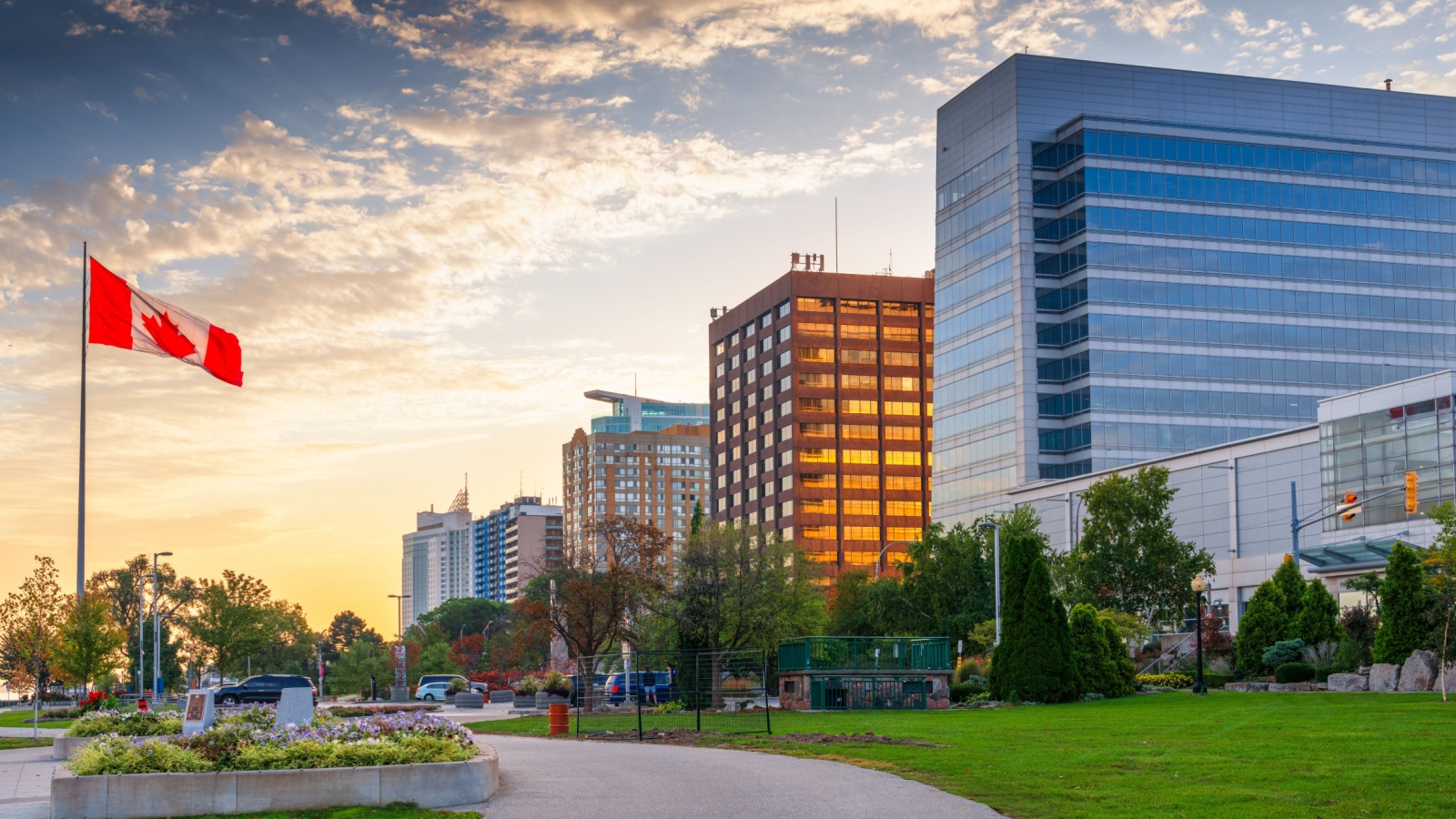
The Windsor was Canada’s first grand hotel, opening in 1878 and immediately setting hospitality standards across North America. Its guest list included royalty and dignitaries, and its ballroom hosted major political events. A devastating fire in 1957 destroyed much of the property, forcing permanent closure of the remaining sections by the 1980s. While part of the structure has been preserved as office space, the hotel itself never reopened. The Windsor’s closure reflected Montreal’s transition from old-world grandeur to modern commercial practicality, ending a golden chapter in the city’s social and political life.
The Marlborough Hotel (Winnipeg)
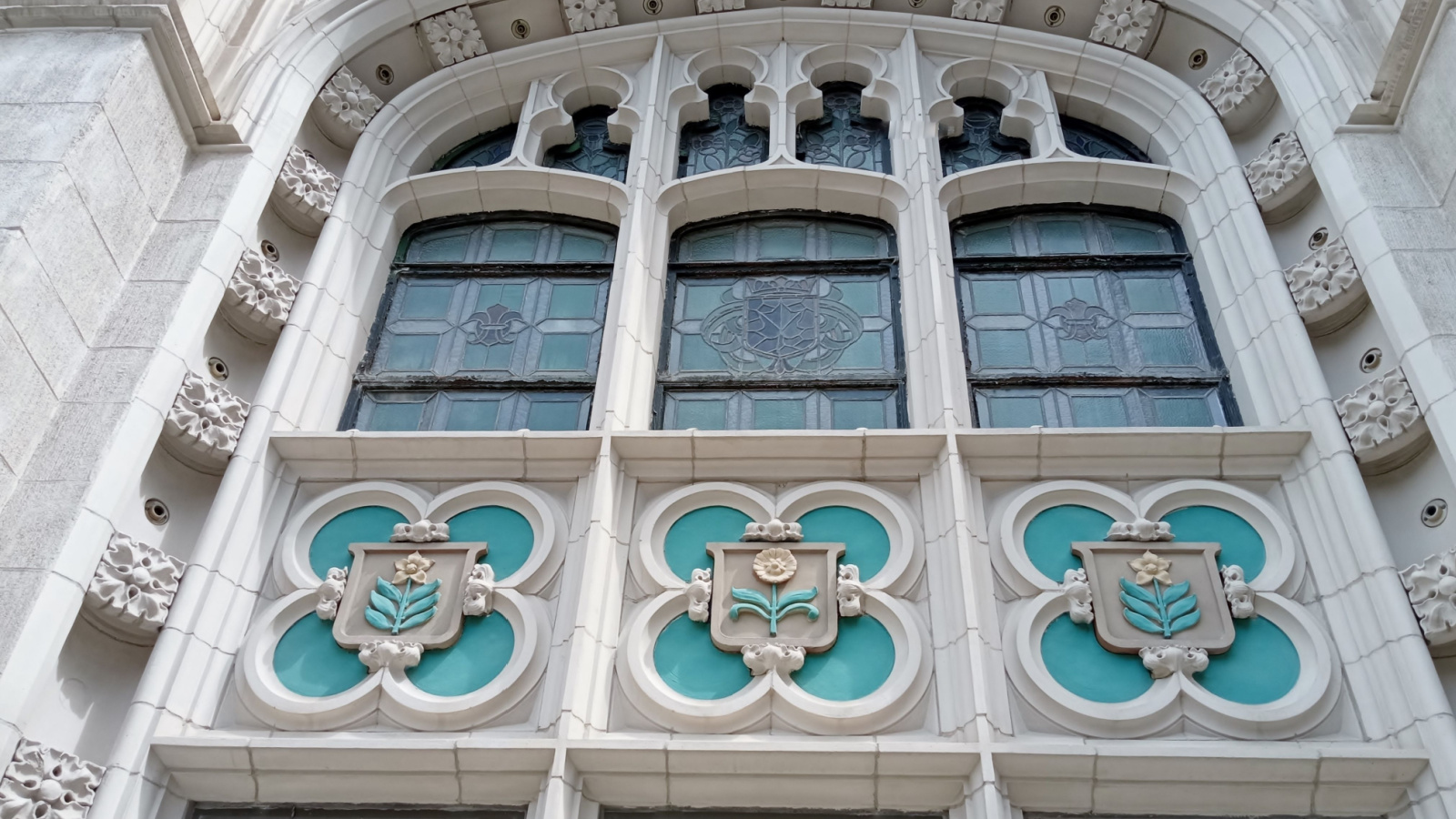
This 1914 architectural gem was once known for its rooftop ballroom and jazz nights. The Marlborough embodied Winnipeg’s roaring-twenties charm. However, shifting travel patterns and downtown decline led to dwindling bookings. Despite attempts at revival in the 1990s, it closed after financial troubles and safety violations. The loss hit hard, as it had long served as a community hub for banquets and cultural events. While redevelopment proposals surface occasionally, none have materialized, leaving a historic void in the city’s urban landscape.
The Ritz Hotel (Calgary)

Long before the modern luxury chains arrived, the Ritz served Calgary’s oil boom visitors and ranchers alike. It was a blend of business convenience and small-city charm. In the late 20th century, modernization bypassed it, newer hotels offered better amenities and parking. The building deteriorated, and eventually, the Ritz shut its doors permanently in the 2000s. Later demolished, its disappearance marked a shift in Calgary’s skyline, where heritage preservation often bows to urban expansion. For many, its closure reflected how the hospitality industry’s modernization leaves little room for sentimental legacy.
The Reesor House Hotel (Maple Creek, Saskatchewan)
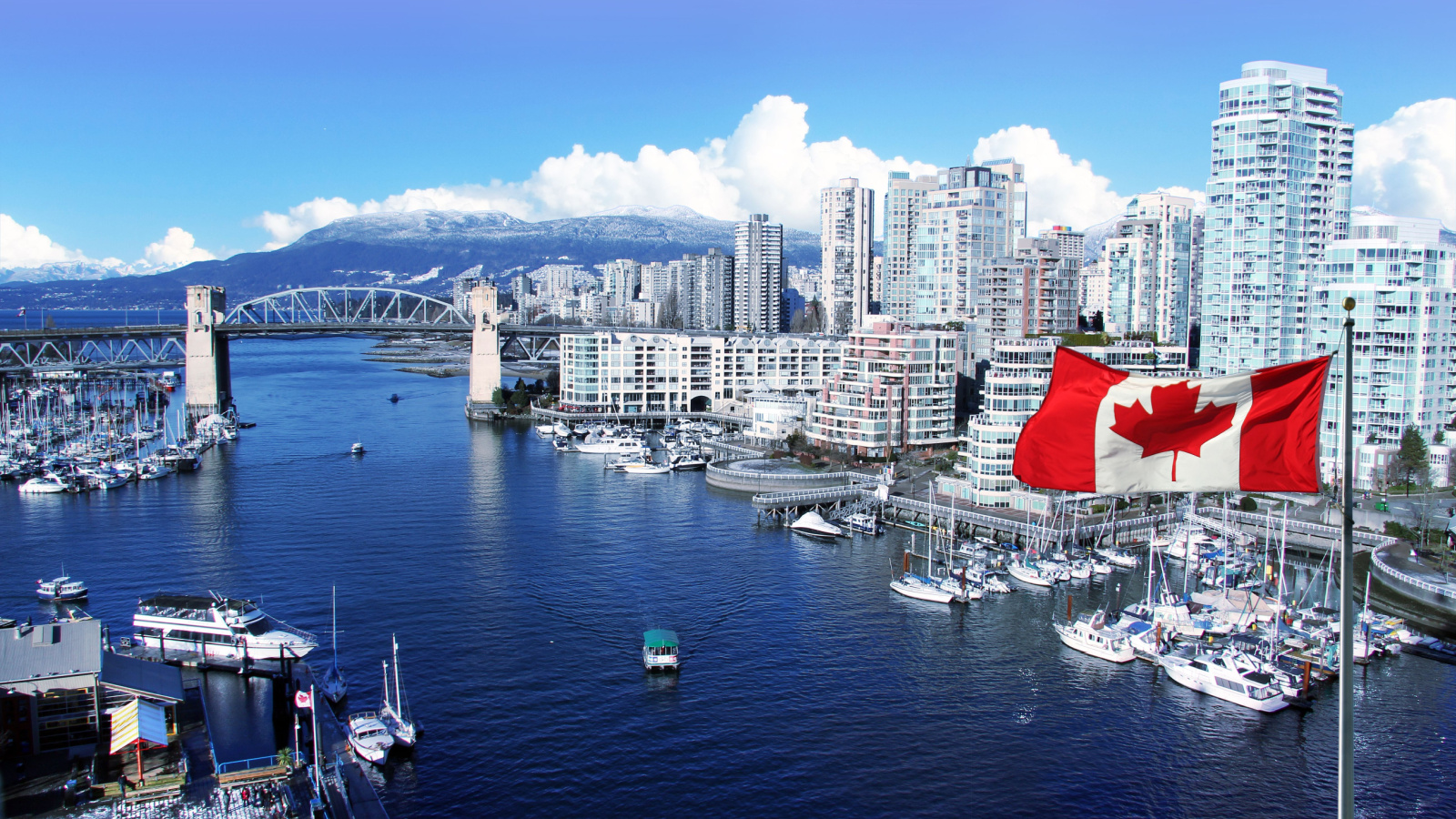
A prairie icon from 1910, this family-run establishment served travelers on the Canadian Pacific line. Known for home-cooked meals and handwritten guestbooks, it survived world wars and droughts but not the decline of rural tourism. When train stops disappeared and highways diverted traffic, business dwindled. By the 1990s, the Reesor family closed the hotel permanently, choosing to preserve it privately rather than let it crumble. It remains a beloved ghost of small-town hospitality, standing as a reminder of when every traveler’s rest stop had a story.
The King George Inn (Cobourg, Ontario)
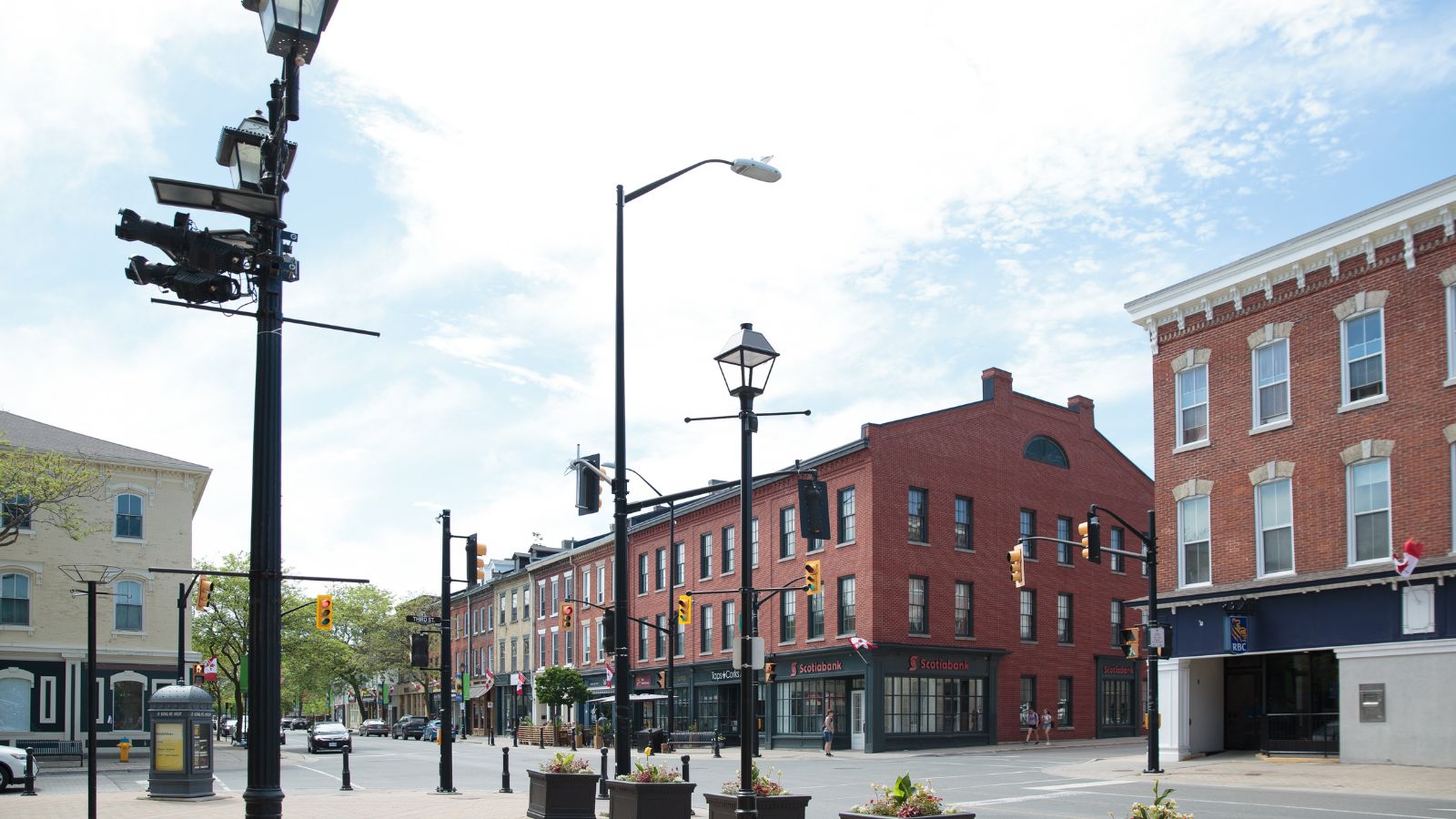
This Georgian-style inn offered refined dining and charming lake views, attracting weddings and weekend escapes for decades. However, high maintenance costs and reduced bookings led to its 2017 closure. Its absence affected the local tourism circuit, as Cobourg’s downtown lost one of its most elegant lodgings. Despite heritage advocates’ protests, the inn’s operations ceased permanently. The King George’s closure reflects a broader trend: small luxury inns struggling against rising real estate and declining off-season occupancy rates across Ontario’s tourist towns.
The Chateau Lacombe (Edmonton, Original Operations)

Once a major conference hub, Chateau Lacombe closed briefly in the 2000s under its original management after years of declining profitability. Known for its revolving rooftop restaurant and skyline views, it had symbolized Edmonton’s sophistication since the 1960s. While the property was later rebranded and reopened under new management, the original hotel corporation went bankrupt, marking the end of an era for the original Chateau Lacombe. Its temporary closure revealed how even iconic modernist properties can struggle amid competition and changing corporate structures.
The Fraser Arms Hotel (Vancouver)
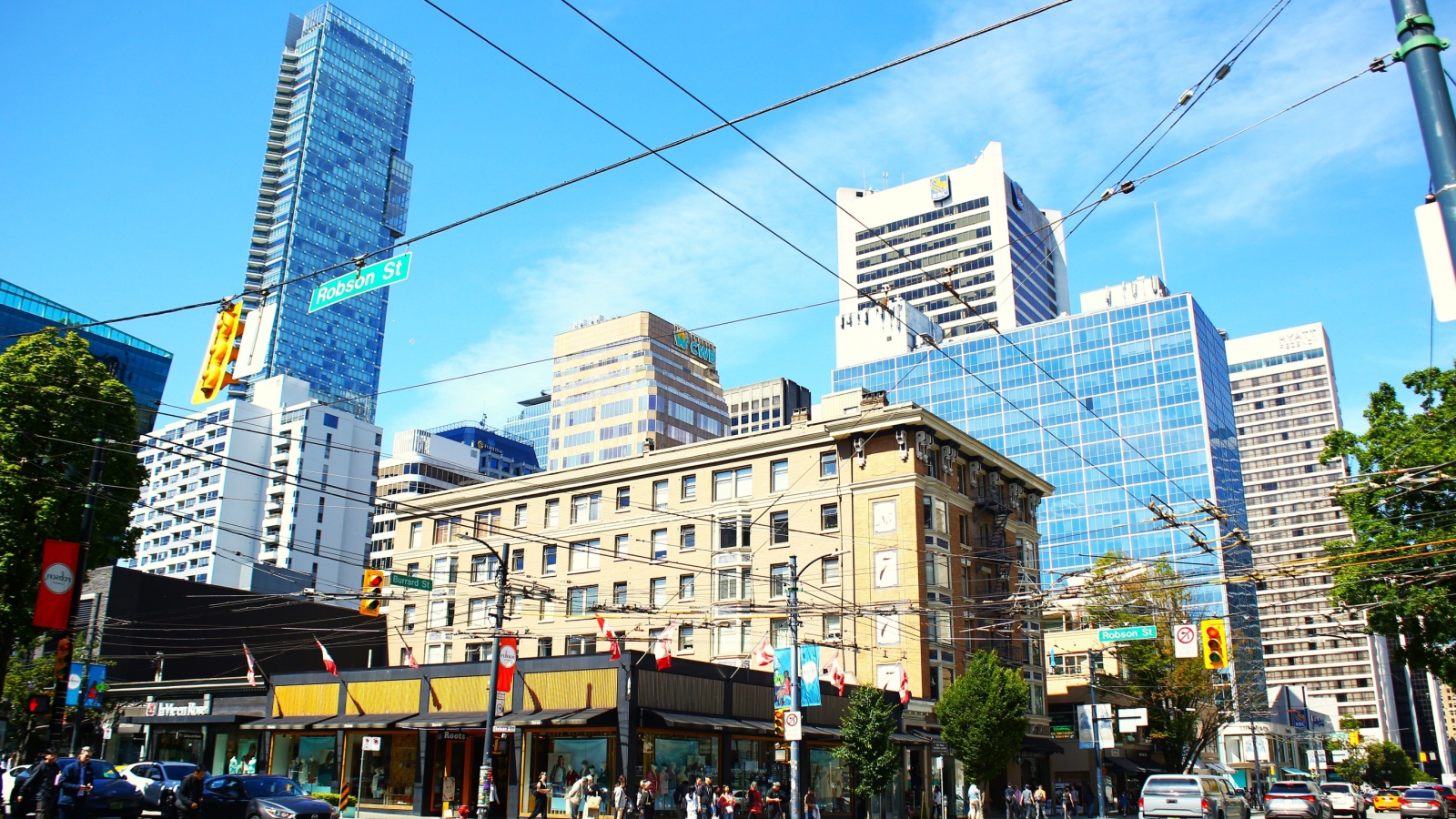
Located near Marine Drive, the Fraser Arms was a neighborhood fixture rather than a luxury destination. It combined pub culture with modest rooms, catering to working travelers. After several police incidents and declining patronage, it closed in 2011. The building was later demolished, replaced by condos. While not a grand property, its closure affected community identity, many Vancouver locals still recall its affordable stays and Friday-night gatherings. Its demise symbolizes how local establishments are vanishing under redevelopment pressures.
The Highland Inn (Algonquin Park)
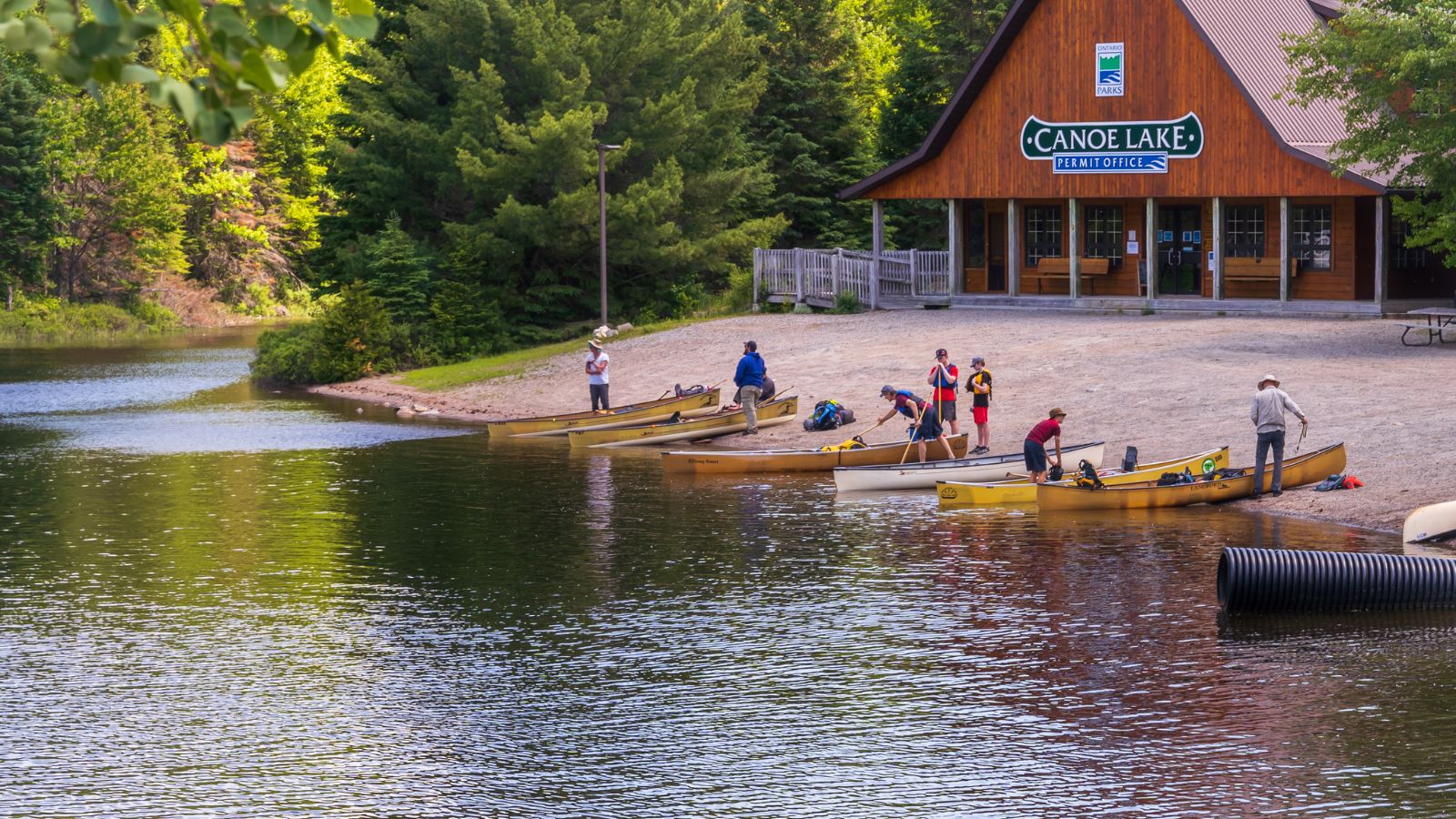
Built in 1908 by the Grand Trunk Railway, this lakeside resort drew nature enthusiasts long before car travel was common. It was the jewel of Algonquin Park accommodations until rail service stopped in the 1950s. Without reliable transport, tourism dried up, and by 1957, the government ordered its demolition to restore natural landscapes. Its absence left a gap for decades until modern lodges arrived. The Highland Inn’s end shows how early eco-tourism met its own extinction through shifting accessibility and conservation priorities.
The Caribou Hotel (Carcross, Yukon)

Once the northernmost symbol of hospitality, the Caribou Hotel served Klondike miners and adventurers from 1898 onward. It survived fires, floods, and ownership changes but couldn’t outlast structural decay. By the 2000s, it closed permanently pending safety restorations. Despite efforts to revive it as a museum, full operations never resumed. The Caribou’s closure marks the fading physical link to Yukon’s gold rush hospitality, though its ghostly reputation continues to draw heritage tourists curious about its legendary past.
The Mount Stephen Club (Montreal)
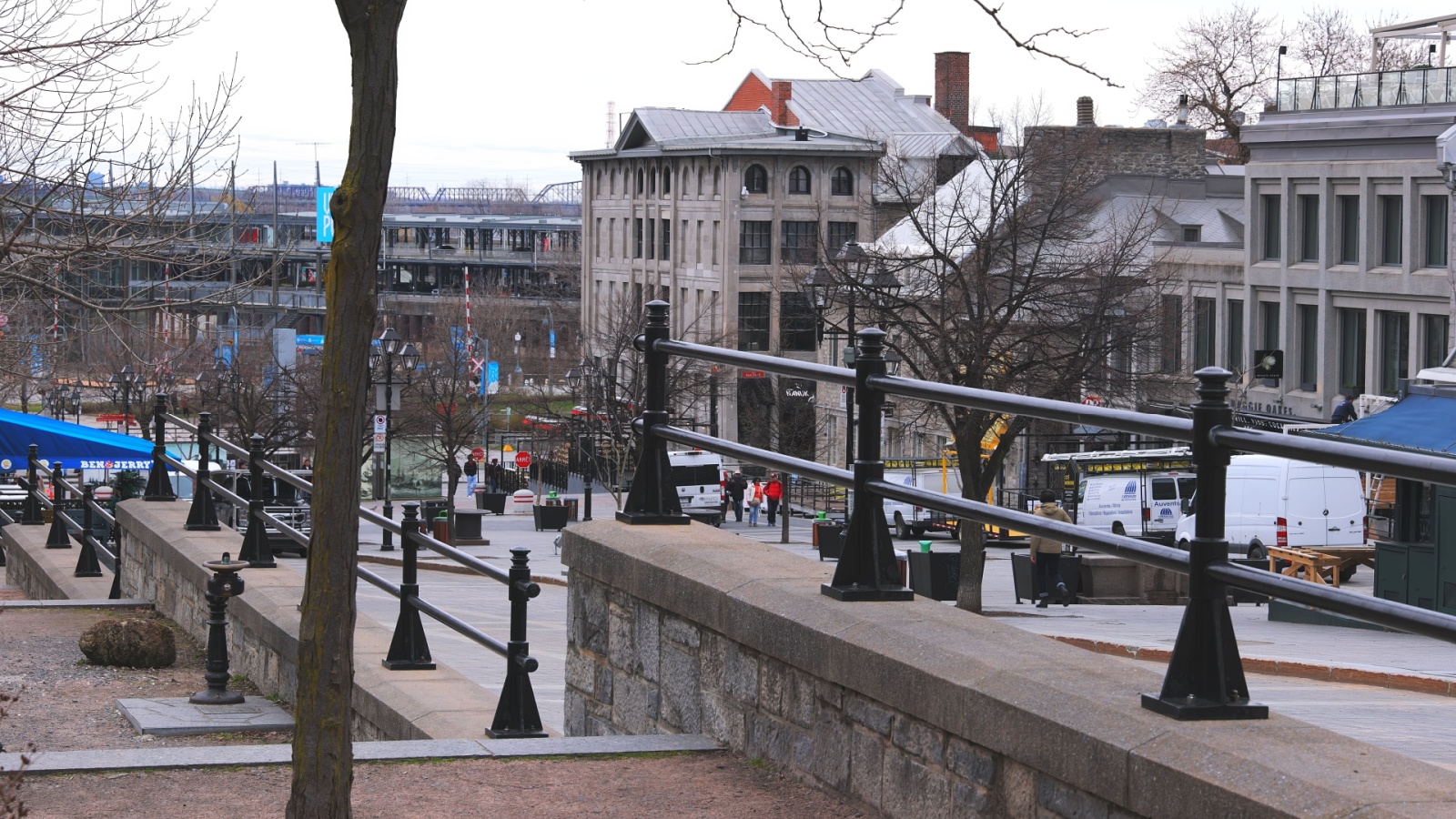
Originally a private mansion turned into an exclusive club and hotel, the Mount Stephen operated for over a century before closing in 2011 for redevelopment. Its ornate Victorian interiors made it a beloved venue for elite gatherings. The closure came amid declining membership and renovation costs. While a new luxury hotel now bears its name nearby, the original club ceased operations permanently. Its end reflects the evolution of Montreal’s hospitality from private social clubs to corporate-owned high-end experiences.
The Westbury Hotel (Toronto)
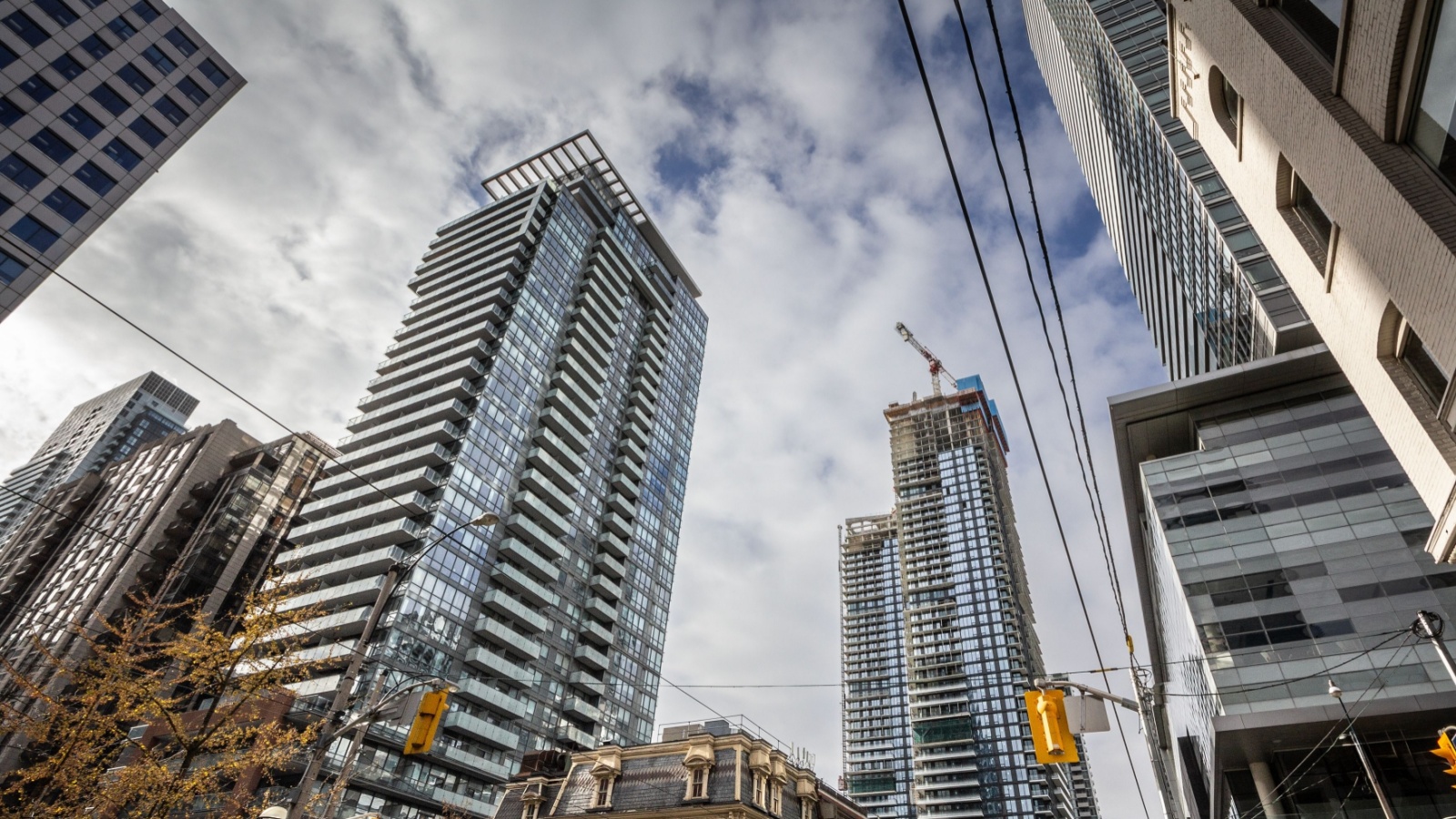
Opened in 1957, the Westbury offered mid-century luxury in downtown Toronto, hosting celebrities like The Beatles. It was known for its modernist architecture and lively cocktail bar. Over time, newer luxury hotels overshadowed it, and it closed in 2017 to make way for redevelopment. The closure saddened longtime patrons who viewed it as a symbol of postwar optimism. Its site is now home to new condominiums, representing Toronto’s ever-accelerating shift from heritage preservation to profit-driven reinvention.
The Nova Scotian Hotel (Original Operations)

Built in 1930 by the Canadian National Railway, this Halifax landmark was known for its ocean views and railway proximity. In 1996, the original operator closed the hotel after decades of service, citing mounting renovation costs. It was later restored and reopened under new ownership, but the original company’s closure remains significant. The Nova Scotian’s temporary death illustrated the fragility of historic railway hotels before corporate revival efforts became common. Its story mirrors the broader struggle to sustain large heritage properties in smaller coastal markets.
The Empress Inn (Niagara Falls)
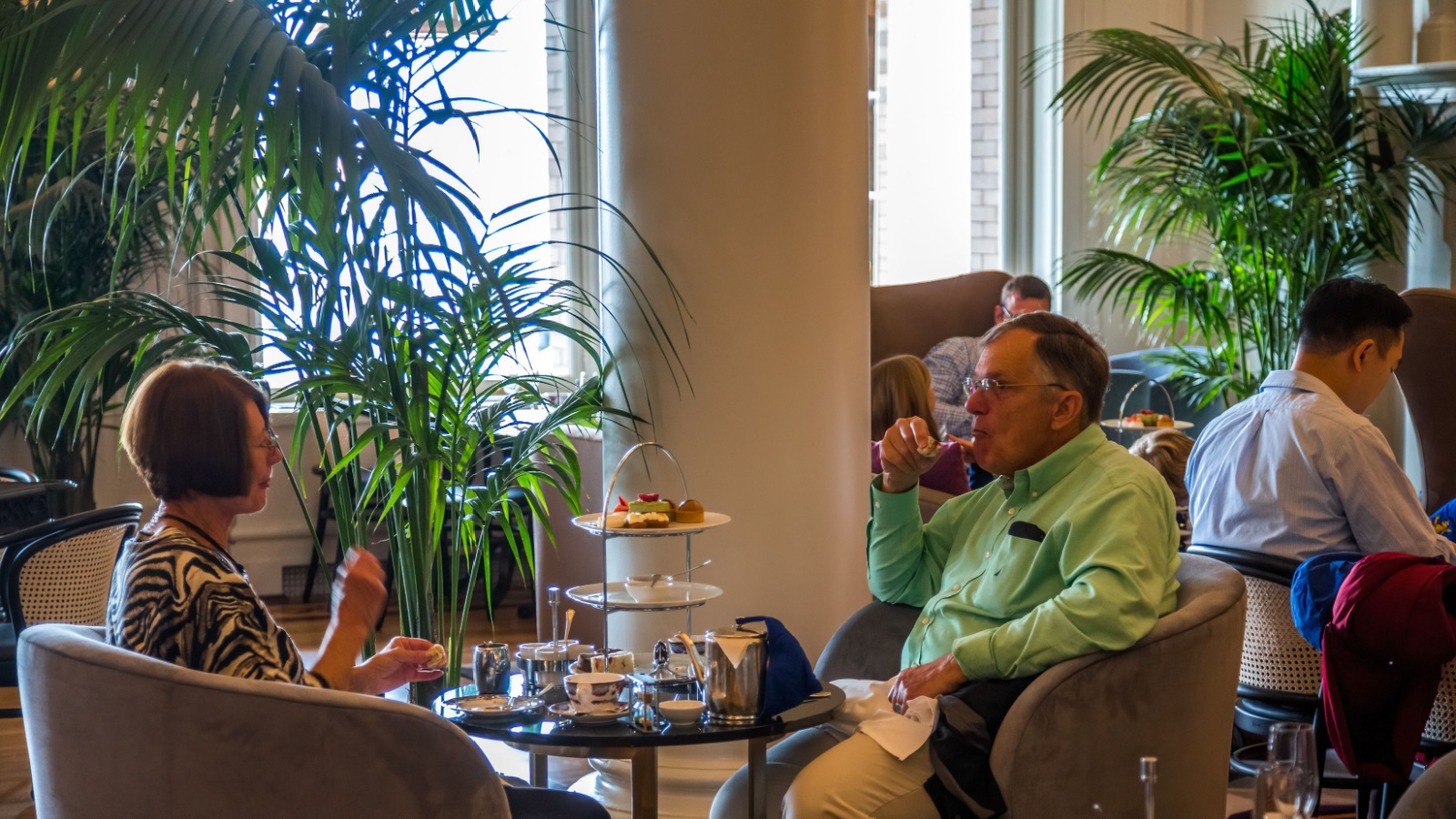
Situated near Clifton Hill, the Empress Inn served countless honeymooners and tourists drawn by the Falls’ timeless appeal. By the 2000s, competition from modern resorts and falling maintenance standards led to closure. Legal disputes and redevelopment plans followed, leaving the property abandoned for years. The once-lively halls now stand empty, reminding locals of an era when Niagara’s hospitality focused more on charm than spectacle. The closure reflected the oversaturation of mid-tier hotels in tourist-heavy regions where only large chains survive.
The Pacific Rim Inn (Victoria, British Columbia)
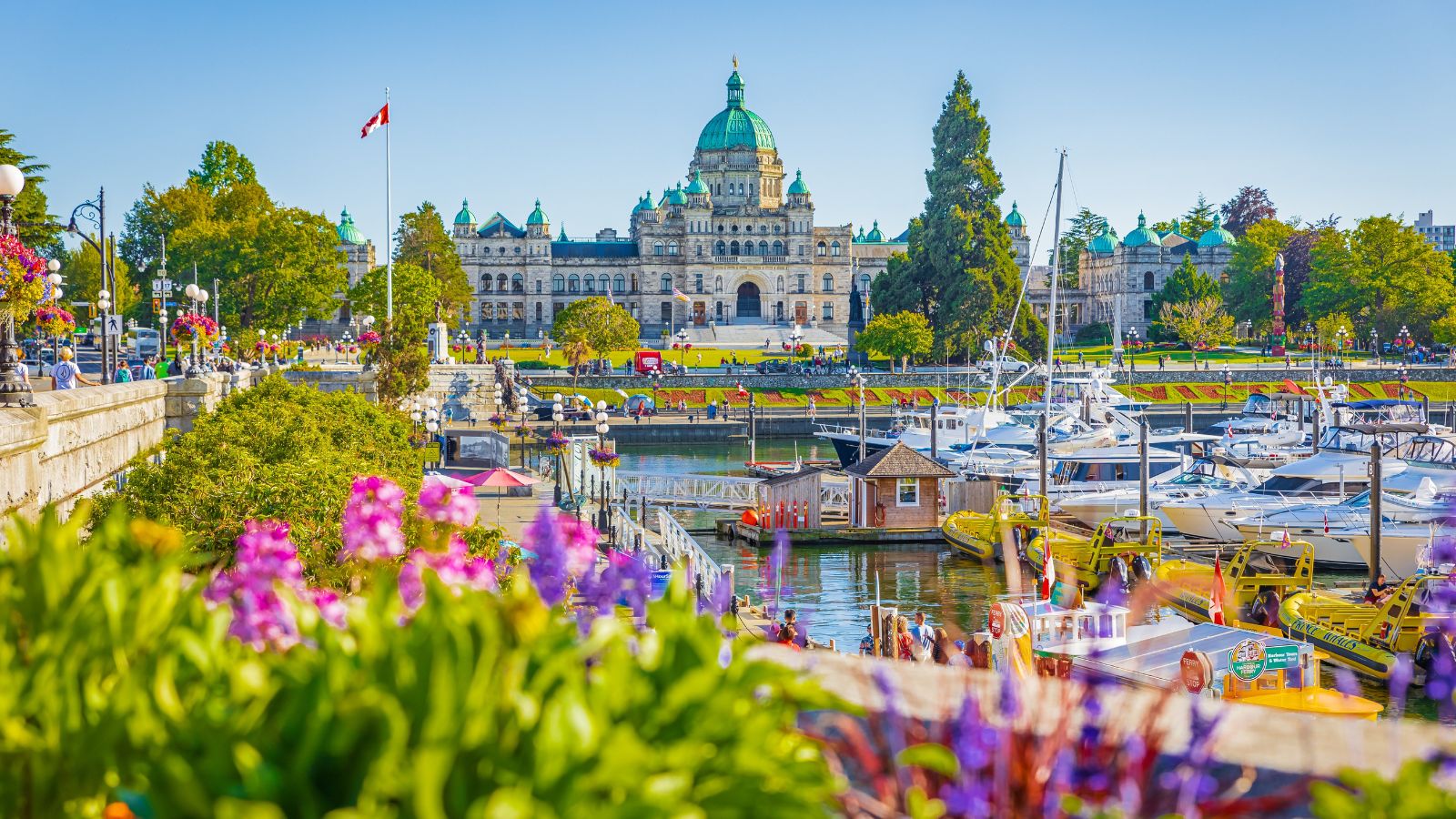
Not to be confused with the Fairmont Pacific Rim, this modest seaside inn operated from the 1960s to the early 2000s. Known for its ocean-view balconies and cozy service, it was a staple for road-trippers. Rising property taxes and competition from newer resorts led to its sale and demolition. The loss hit locals who appreciated its old-school charm. Its closure highlights the ongoing erosion of family-owned coastal inns replaced by chain-run luxury developments.
The Arlington Hotel (Paris, Ontario)
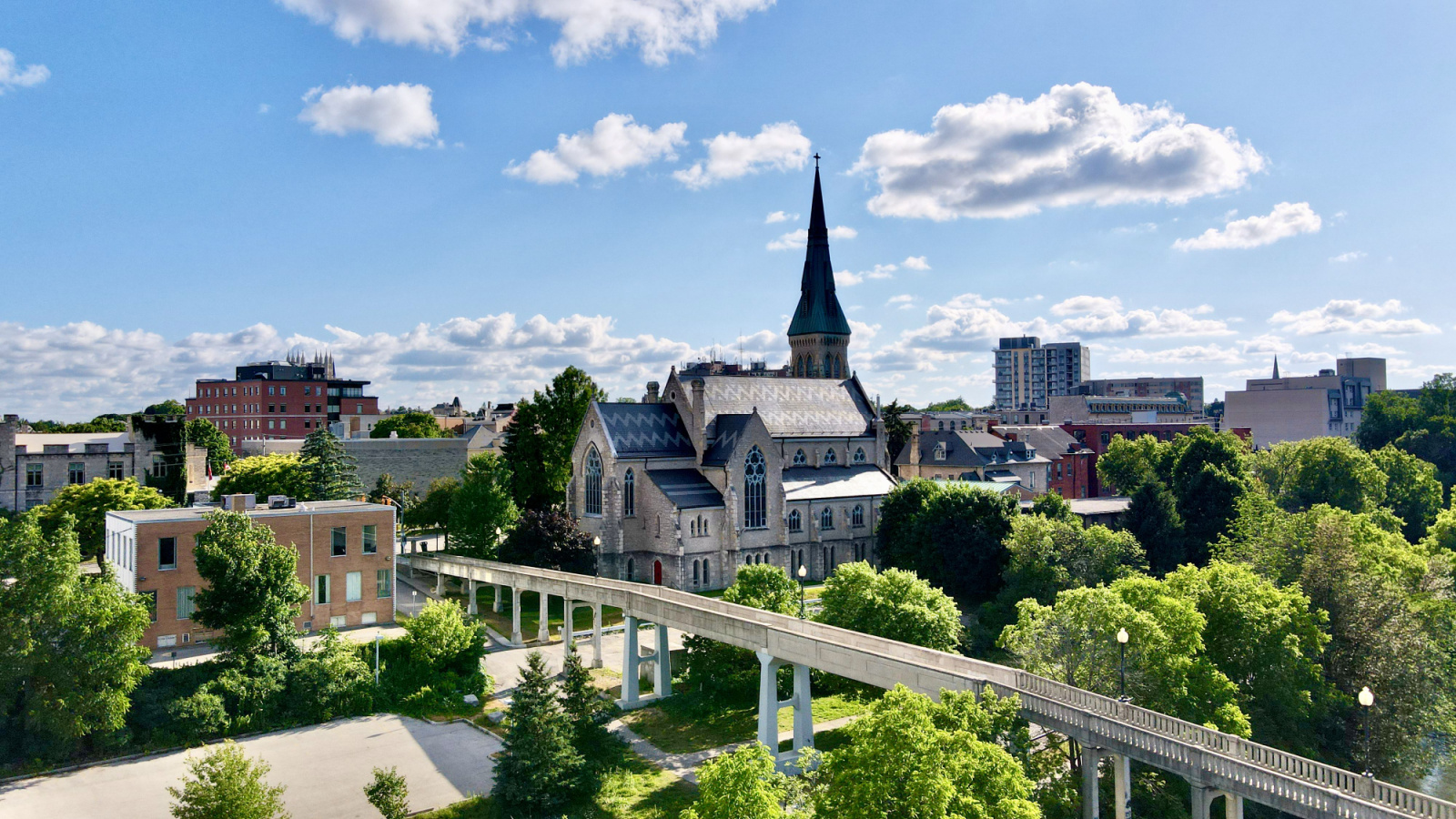
A downtown fixture for over a century, The Arlington offered Victorian charm with quirky, themed rooms. It thrived as a boutique hotel but closed temporarily in 2015 before permanently ceasing operations under its original management. While the building was later repurposed for events, the original hotel brand was lost. Its closure demonstrated how small independent hotels often struggle against rising operational costs and marketing challenges despite having strong community presence.
The Grand Pacific Hotel (Vancouver, Predecessor)

Before the modern Fairmont Pacific Rim, the Grand Pacific Hotel dominated Vancouver’s waterfront in the early 1900s. Built for railway passengers, it symbolized the West Coast’s gateway glamour. The hotel closed during the Great Depression, unable to recover from financial losses. Its demolition in the 1930s erased one of the city’s earliest luxury lodgings. The Grand Pacific’s fall foreshadowed the end of the railway hotel boom and the rise of urban commercial architecture that now defines Vancouver’s skyline.
The Prince George Hotel (Regina, Saskatchewan)
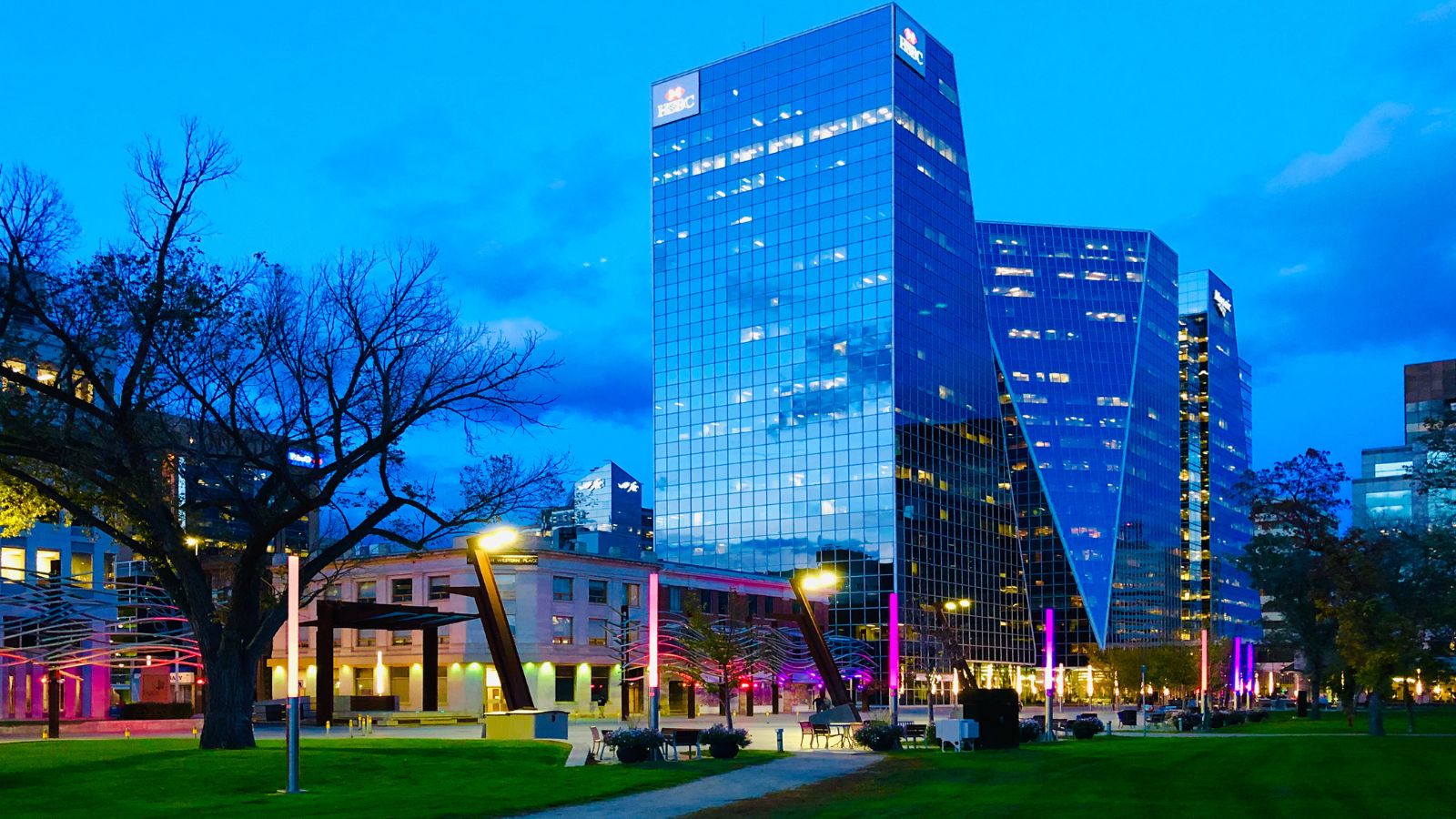
Opened in 1912, the Prince George was a crown jewel of prairie hospitality. It hosted social events and visiting dignitaries but struggled during the economic downturns of the 1980s. Fire damage and financial strain forced permanent closure in the early 1990s. Despite heritage campaigns, the building was demolished, leaving locals nostalgic for its stained-glass windows and grand staircase. Its loss remains one of Regina’s most lamented architectural casualties.
The Chateau Charles (Moncton, New Brunswick)

A modest yet elegant fixture in downtown Moncton, the Chateau Charles served business travelers and government guests for decades. Declining occupancy and maintenance issues led to closure in the early 2000s. The property sat vacant for years before being repurposed. Its end reflected how small Atlantic Canadian cities often struggled to sustain independent hotels as chain competitors expanded aggressively. For many locals, the hotel’s closure marked the end of a distinctly regional hospitality era.
The Lord Elgin Annex (Ottawa, Secondary Property)
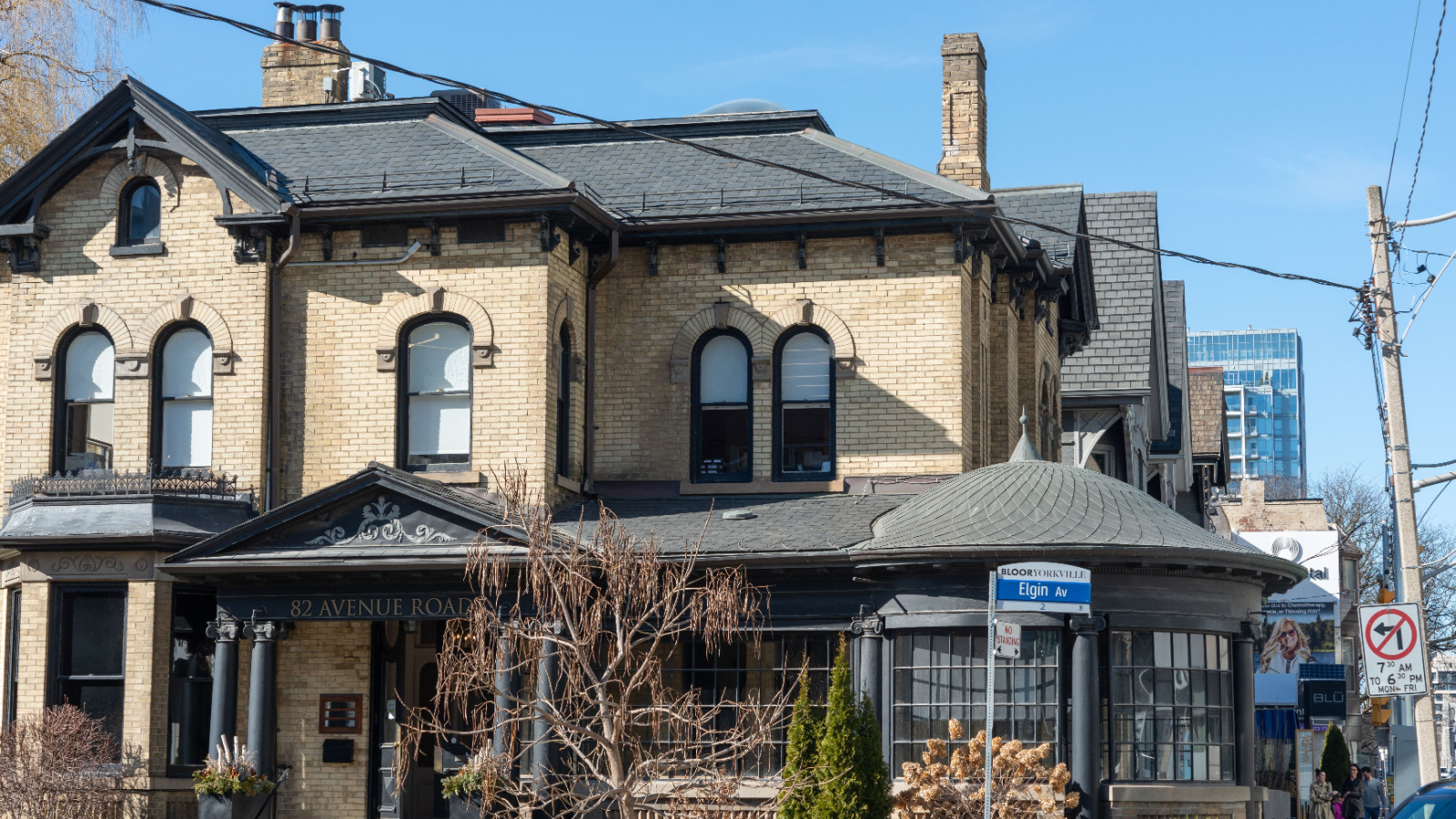
While the main Lord Elgin Hotel continues to operate, its annex building, a smaller structure across the street, closed in the 1990s. Originally meant for budget travelers, it couldn’t compete with the expanding main property and modernized rivals. The closure went largely unnoticed by tourists but remained significant historically, as it represented Ottawa’s mid-century effort to diversify accommodations for different income levels. Its quiet disappearance closed a lesser-known chapter of the capital’s tourism infrastructure.
21 Products Canadians Should Stockpile Before Tariffs Hit

If trade tensions escalate between Canada and the U.S., everyday essentials can suddenly disappear or skyrocket in price. Products like pantry basics and tech must-haves that depend on are deeply tied to cross-border supply chains and are likely to face various kinds of disruptions
21 Products Canadians Should Stockpile Before Tariffs Hit
